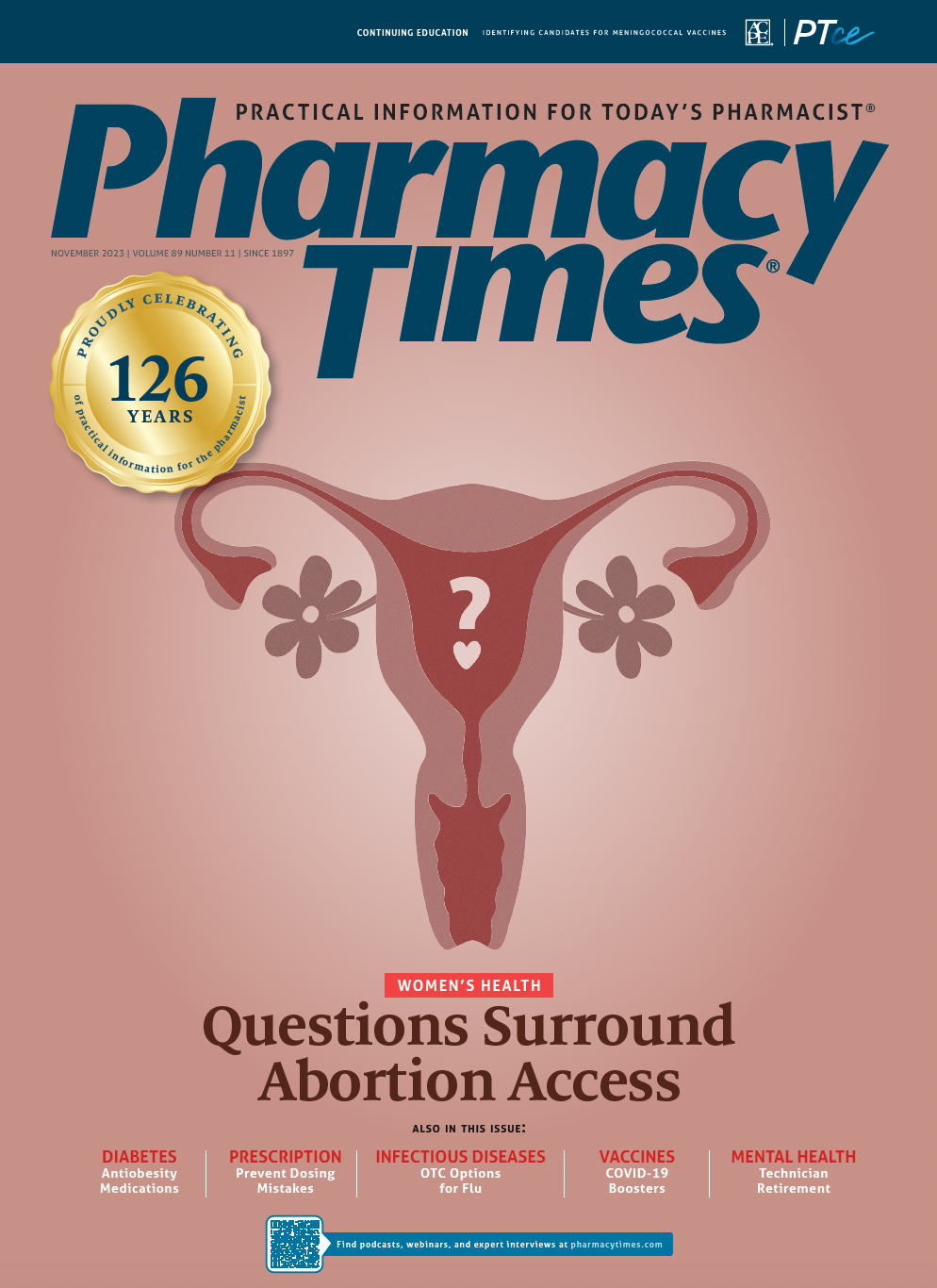Publication
Article
Pharmacy Times
Community Pharmacy Is Working to Define Itself
Author(s):
The business model took time to catch up to pharmacy’s potential, and community-based patient care leads the way
Community pharmacy is far from a new concept. However, the question of what defines community pharmacy is evergreen. How do pharmacists, health care professionals, patients, and the general public settle on a definition for the term community pharmacy? How does it differ from retail pharmacy?
Image credit: Zinkevych | stock.adobe.com

Melissa S. McGivney, PharmD, FCCP, FAPhA, associate dean for community partnerships at the University of Pittsburgh School of Pharmacy in Pennsylvania and director of the Academia Community Pharmacy Enhanced Services Network Transformation (ACT) Pharmacy Collaborative, said the difference is simple. Retail defines the business model of pharmacy; community defines the services provided to patients and the role pharmacies play in the communities they serve. Corporate pharmacies, she noted, are still community pharmacies, although with a different business model.
“They’re all community pharmacies, and I think that’s a really important point. The only distinction is the business in which the pharmacy is operating. When you look at the corporate side of things, they have the ability to scale change in a large, large way...[but] they’re all community pharmacies,” McGivney said in an interview with Pharmacy Times.
The ACT Pharmacy Collaborative and American Association of Colleges of Pharmacy (AACP) have been collaboratively focusing on growing practice in community pharmacy and supporting the ongoing transformation. Although the organizations have implemented programs to help facilitate these changes, McGivney also acknowledged that such changes in community pharmacy are not new. In fact, she said that the philosophy of pharmaceutical care for the patient’s needs goes back to the 1990s.
“There has been considerable work done over many years by many [individuals] to get us to where we are today, but COVID-19 clearly accelerated [it]. Two things: No. 1 certainly is the public’s awareness of the access to a pharmacist in a community setting, and [No. 2 is that] COVID-19 accelerated some of the mechanisms to make that possible,” McGivney said.
She added that it has taken the business model of pharmacy some time to catch up to the idea of what pharmacy can be, such as changes in vaccine administration and other patient care services, specifically services that partnered with health plans. Although these are the changes most individuals immediately think of when considering how pharmacy has become more innovative and community based, there are some subtle changes as well.
McGivney said that implementing an appointment-based model helped the pharmacies adjust to patient care changes in a more organized way. Technology also represents a huge change in community pharmacy and plays an important role for patient care through direct communications with patients, the ability to adjudicate claims and to document work, and through point-of-care testing, she added.
Another aspect that changed the business of pharmacy was simply different utilization of spaces. Some pharmacies now have waiting rooms, more rooms for services, and more private spaces for consultations or vaccine administration.
Pharmacy has come far in the way of patient care, said Miranda Steinkopf, PharmD, BCACP, interim codirector of the AACP Transformation Center. She added that the concept of the patient has changed. It is not just about filling a medication for a disease or illness, but more about thinking of the patient as a whole. She said it includes health screenings, screenings for social determinants of health, and financial aspects; it also includes making sure patients understand their medications.
“Every interaction a pharmacist, technician, student, [or] intern has with a [patient] is an opportunity to educate, and the most powerful moments that you have are when you’re right there in front of the individual,” Steinkopf said.
“Every single day, pharmacists have an opportunity again, with their team, to be able to show…how they can make a difference in the lives of the public, and those opportunities are going to continue to grow as there are ways for them to be compensated to do that work.”
Pharmacy will continue to change, but with that change, pharmacists cannot do it all. Although they will be able to provide point-of-care services, these will continue to be medication based. However, the accessibility of pharmacies has played a large role in what the industry can achieve for patients. When specific health issues arise, McGivney said patients can easily access the pharmacist, who can recommend services.
“I think we have to recognize change can be really challenging, and we’re seeing that in the profession. And when you have an opportunity to grow, that also means that things are going to feel different and look different, and that can be uncomfortable,” McGivney said. “At the same time, I think we’re incredibly fortunate as a profession that not only are we needed, but there’s a huge growth opportunity for our skills and for what we’re able to bring to the public.”







